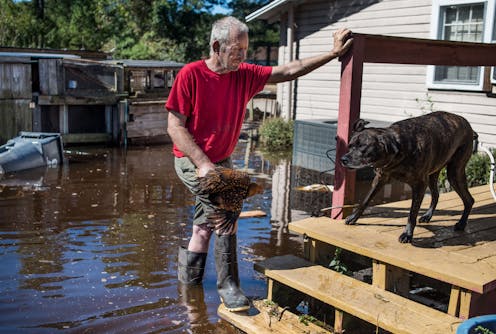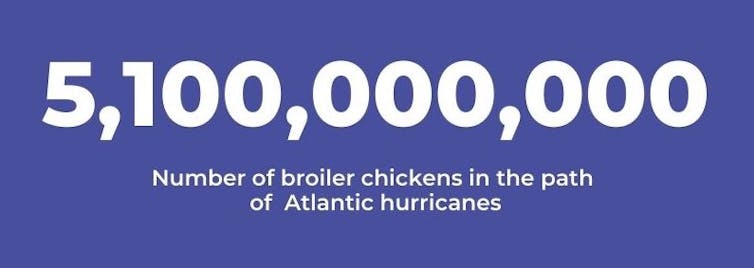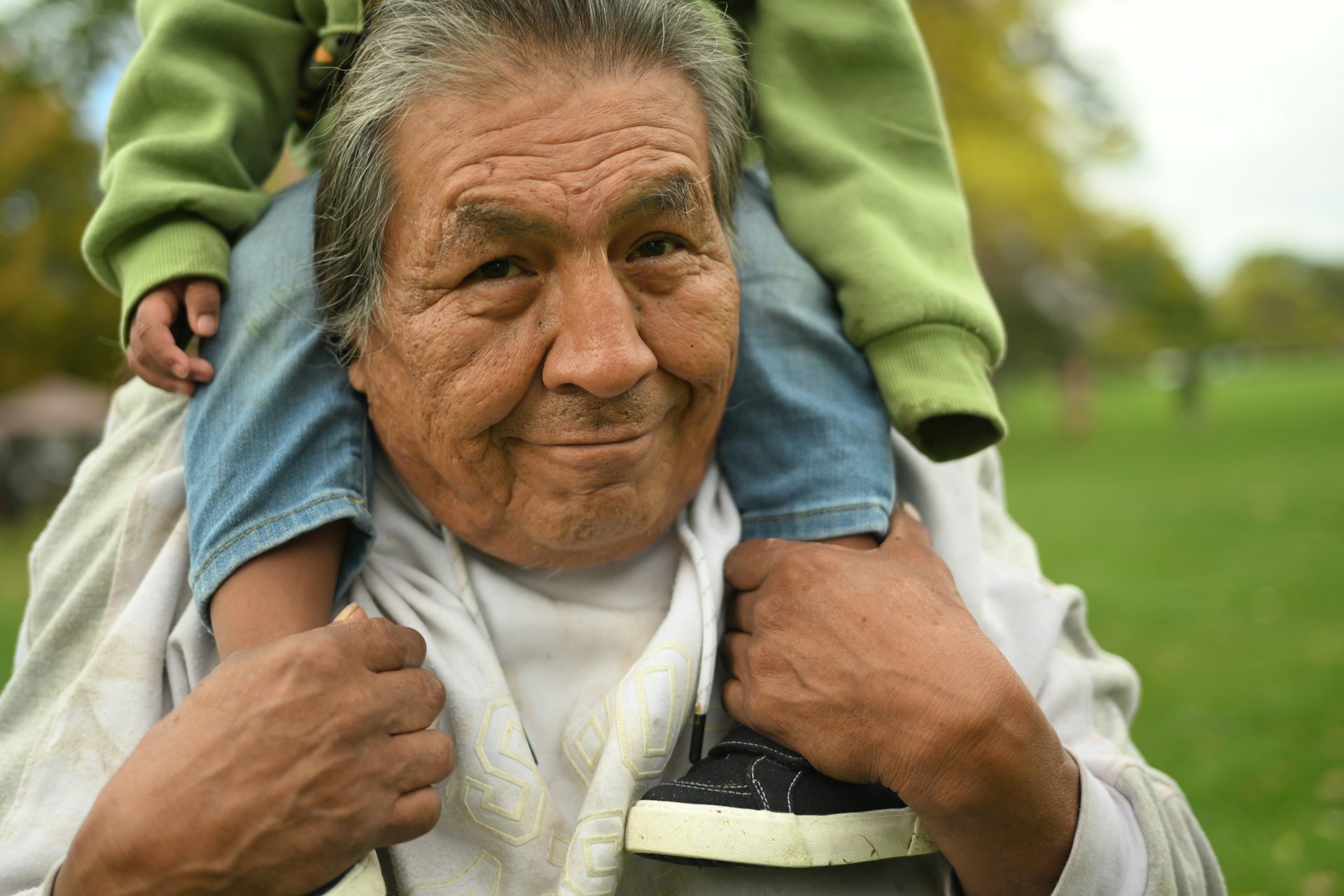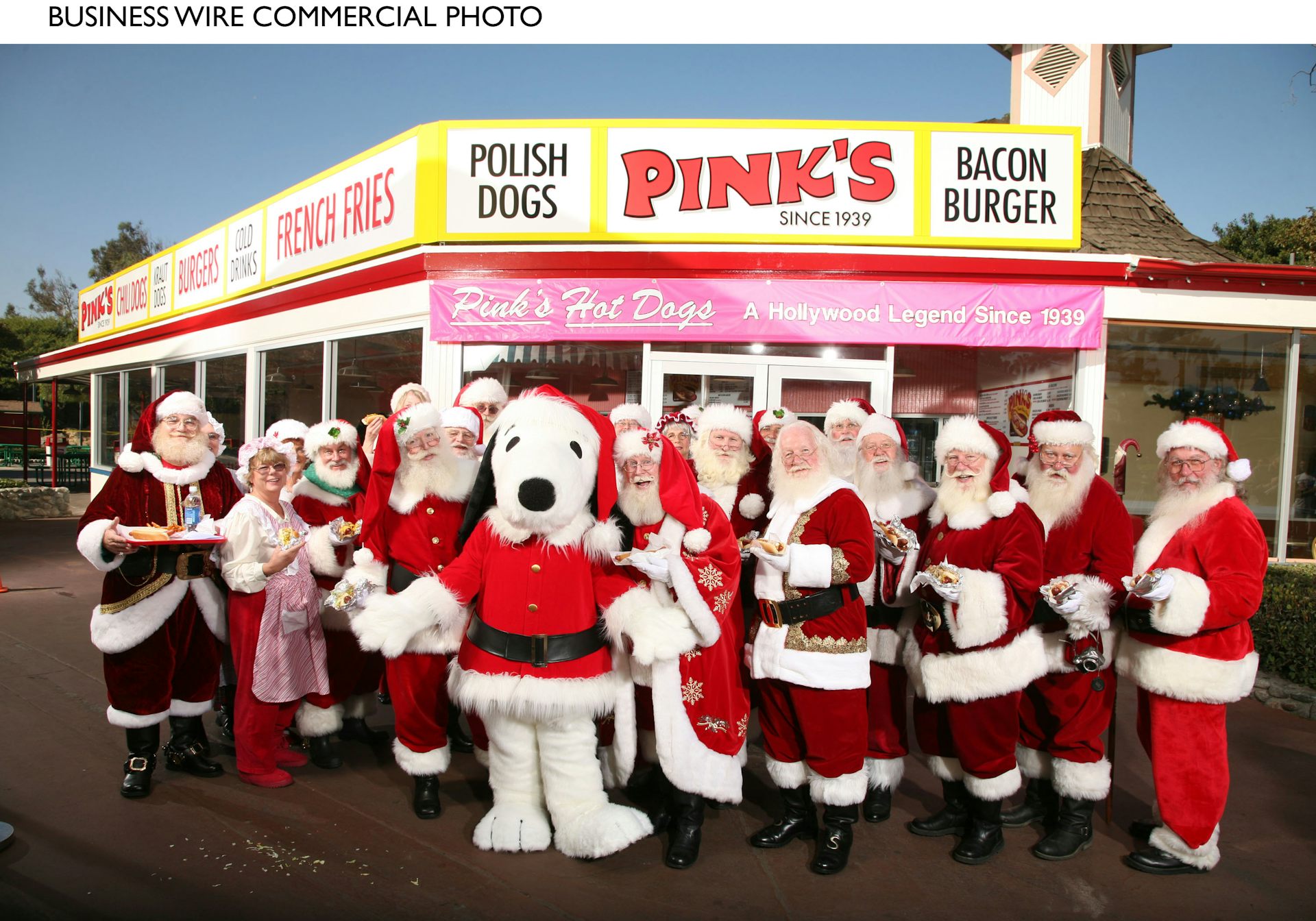Worsening hurricane season threatens billions of chickens
More than half the US production of broiler chickens are in states along the coast frequently struck by hurricanes.


Hurricanes can have devastating consequences for both residents and businesses in their path. And one sector that’s particularly exposed is the broiler chicken industry.
Virtually all of the breasts or legs you eat at home or in a restaurant come from broilers, the name given to chickens bred and raised for meat production. Sometimes you’ll hear chickens called fryers, roasters and Cornish game hens, but generally these all refer to broilers harvested at specific ages and weights.
The U.S. produced 9.18 billion broilers in 2019, more than any country in the world. It’s also the second-biggest exporter of poultry. Yet over half, or 5.1 billion, are at risk for six months of every year – from June 1 to Nov. 30 – of getting wiped out by a hurricane.
Six of the top 10 broiler-producing states – such as Georgia, Alabama and North Carolina – are also six of the top 10 hurricane states.
And even though most broiler houses are built well inland from the coast and often are constructed with hurricane straps and braces to withstand wind damage, flooding is often a major concern where hurricanes are involved. Georgia poultry farmers lost over 2 million chickens to Hurricane Michael in 2018. North Carolina poultry growers lost 4.1 million birds in Hurricane Florence that same year, following a loss of 5 million to Hurricane Matthew in 2016. And Mississippi poultry growers lost 6 million chickens in Hurricane Katrina in 2005.
While these losses are devastating to individual farmers and communities, given the billions produced by the industry as a whole, they usually have little impact on consumer poultry prices or availability of the nearly 100 pounds of chicken the average American consumes per year.
But that could change as hurricane season continues to get worse and more active. This year, the global organization that categorizes them ran out of names.
Working with the U.S. Department of Agriculture’s Southeast Climate Hub, my colleagues at North Carolina State University and I developed a guide for producers to help them plan for these emergencies and mitigate their exposure to hurricanes and other disasters. For example, we encourage them to better prepare for hurricanes by raising poultry houses above the 100-year flood zone – even a foot can make a big difference – and using materials that can withstand 140 mph winds. Producers are also more likely to keep their chickens alive by ensuring there’s plenty of potable water in an elevated location.
Following guidelines like these can help ensure more birds survive the storm and subsequent flooding.
We like a good chicken sandwich as much as the next person and want to do all we can to keep them available and affordable.
[Deep knowledge, daily. Sign up for The Conversation’s newsletter.]
Tom Tabler receives funding from USDA-NIFA.
Read These Next
As US hunger rises, Trump administration’s ‘efficiency’ goals cause massive food waste
Despite the administration’s claim of streamlining the government to make its operations more efficient,…
George Plimpton’s 1966 nonfiction classic ‘Paper Lion’ revealed the bruising truths of Detroit Lions
George Plimpton, then a 36-year-old literary editor, endured the brutal realities of a professional…
A database could help revive the Arapaho language before its last speakers are gone
Many Native American languages only have a few native speakers left.





